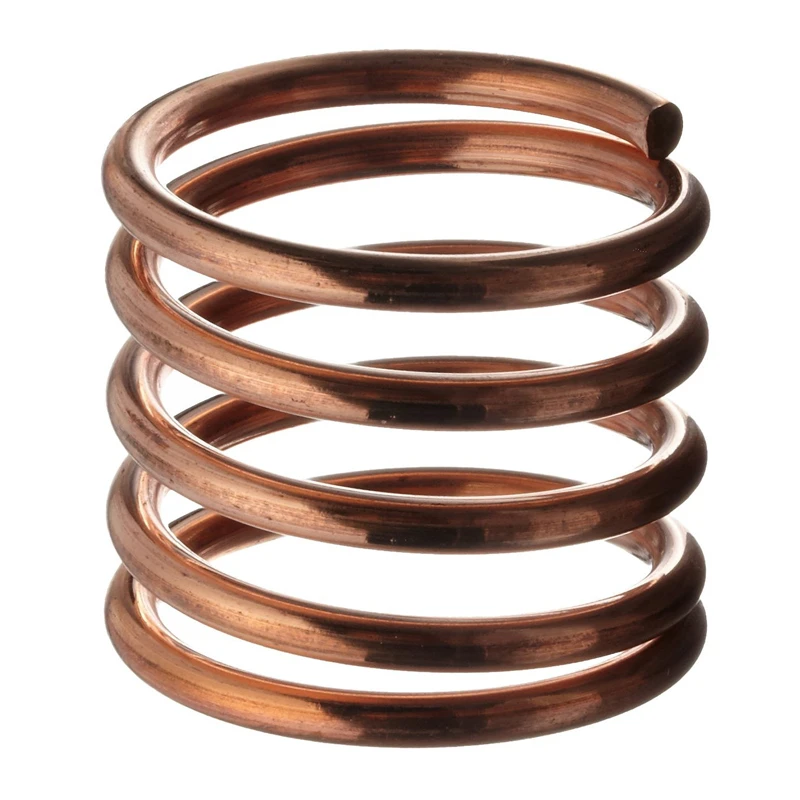
- Mobile Phone
- +8613931874955
- sales@cntcmetal.com
floral wire for garland
Floral Wire for Garland The Unsung Hero of Floral Arrangements
Floral wire has become an essential tool in the world of crafting and floral design, particularly when it comes to creating garlands. Whether you're preparing for a wedding, decorating for a holiday, or simply adding a touch of nature to your living space, floral wire serves as an indispensable medium that brings creativity to life. In this article, we’ll delve into the importance of floral wire in garland creation, its types, and how to use it effectively.
Understanding Floral Wire
Floral wire is a thin, malleable wire used by florists and crafters to support flower arrangements, create structure, and secure elements together. It comes in various gauges, typically ranging from 18 to 32. The lower the gauge, the thicker the wire, and thus more suitable for heavier materials. For garlands, a mid-range gauge around 20 to 24 is often ideal as it provides enough strength while remaining flexible for intricate designs.
Why Use Floral Wire for Garland?
1. Versatility Floral wire is incredibly versatile. It can be used with a variety of materials, from fresh flowers and foliage to artificial blooms and decorative elements. This makes it an excellent choice for both natural and artificial garlands.
2. Support and Structure When creating a garland, especially if it’s elaborate or spans a considerable length, floral wire provides essential support. It helps maintain the shape of the garland and prevents it from sagging, ensuring that it looks beautiful and holds its design over time.
3. Secure Attachment Floral wire enables the secure attachment of individual elements in a garland. When crafting a garland, you might want to combine flowers, leaves, or even fruits. Using floral wire allows for a tight grip and ensures that each piece stays in place, reducing the risk of elements falling off or becoming dislodged.
4. Cost-Effective Compared to some other crafting materials, floral wire is relatively inexpensive. This makes it an ideal choice for large projects like garlands, where multiple materials and components are needed.
How to Use Floral Wire for Garland
floral wire for garland

Creating a garland with floral wire is a straightforward process. Here’s a simple step-by-step guide
1. Gather Your Materials You’ll need floral wire, scissors, and your choice of flowers, foliage, and any additional decorative items such as ribbons or beads.
2. Cut the Wire Cut a length of floral wire to suit the desired span of your garland, allowing extra length for twisting and securing.
3. Prepare the Foliage Begin with greenery or foliage as your base. Trim the pieces as needed and arrange them along the wire.
4. Attach the Elements Use shorter pieces of floral wire to wrap around the greenery and the main wire. Make sure to twist the wire tightly to secure each element in place.
5. Add Flowers and Decorative Items Once the base is complete, begin adding flowers. Position them well to create a balanced look, keeping similar colors or textures grouped together for aesthetic appeal.
6. Final Touches Once you’re happy with the arrangement, secure any loose ends and trim excess wire. You can add ribbons or other decorative elements to enhance the overall appearance.
Conclusion
Floral wire is the backbone of any beautiful garland, providing strength, support, and flexibility throughout the crafting process. Its versatility allows crafters and florists to explore their creativity, resulting in stunning designs suitable for any occasion. Whether adorned with fresh blooms or artificial decorations, a garland made with floral wire can transform any space, adding a touch of natural beauty and elegance. So the next time you start a floral project, don’t underestimate the power of floral wire—it's truly the unsung hero of floral arrangements!
share:
-
Understanding Wall Ties: Types and ImportanceNewsApr.28,2025
-
Top Products for Your Yard and Signage NeedsNewsApr.28,2025
-
The World of SpringsNewsApr.28,2025
-
Masonry Accessories: Essential for Building Strong FoundationsNewsApr.28,2025
-
Fencing Solutions for Every NeedNewsApr.28,2025
-
A Comprehensive Guide to Iron Wire for Your Construction NeedsNewsApr.28,2025
-
The Versatility of Wire Tension SpringsNewsApr.16,2025



















